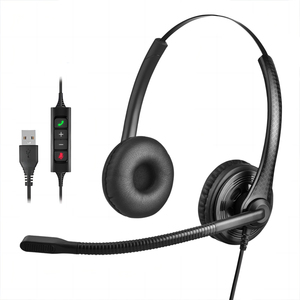(25833 products available)






































































































































































































































Studio microphone sound isolation is a technique used to prevent sound from being contaminated or interfered with by foreign noises or resonances, thereby ensuring a cleaner and more accurate audio recording. The process is achieved by incorporating physical barriers, such as soundproof walls, curtains, or foam panels, to minimize unwanted sound transmission. Moreover, additional isolation equipment, such as shock mounts, pop filters, and studio microphone isolation shields, can be used to further enhance the isolation effect.
First and foremost, studio microphone sound isolation minimizes the interference of ambient sounds, resulting in clearer and more professional audio recordings. It also helps in controlling the room's acoustics, as the soundproof materials used in isolation can absorb or diffuse sound waves, reducing unwanted reverberations. Furthermore, sound isolation allows for better control over the recording environment, contributing to increased precision and consistency in recording. Lastly, isolating the microphone can enhance the recording quality, as it reduces the need for post-production editing to eliminate interference noises, saving time and effort in the production process.
One of the essential materials for soundproofing is acoustic foam. Acoustic foam panels are made of open-cell polyurethane foam, allowing sound waves to pass through and be absorbed. They are designed to reduce environmental noise and control room acoustics. Soundproof curtains or blankets are another common material used in studio sound isolation. These materials are made from dense, insulating fabrics that help block sound waves and prevent them from entering or exiting a space. Moreover, using a vocal shield recording or studio mic shield can also be effective in isolating microphones. These shields are designed to surround the microphone and block external noises, providing a more focused audio capture. Soundproofing materials like mass-loaded vinyl (MLV) sheets and isolation pads are also used to enhance the soundproofing effect in a recording studio.
Studio microphone sound isolation is widely used in various audio recording settings to improve the quality of the captured sound. In music production, sound isolation is crucial for recording vocals and instruments without unwanted background noise. It is also commonly used in podcasting and voice-over work to ensure clear and professional audio recordings. Moreover, in the film and television industry, sound isolation techniques are applied to create a controlled acoustic environment for capturing dialogue and other audio elements during the production process. Live sound reinforcement in concert venues and events often involves utilizing sound isolation to prevent feedback and optimize the audio quality for the audience. Additionally, in home recording setups, the use of sound isolation materials and equipment enables enthusiasts and professionals to achieve better recording results without the need for a dedicated studio space.